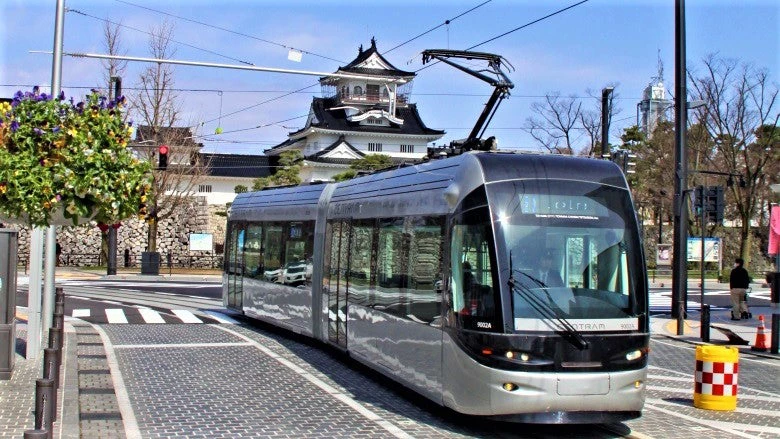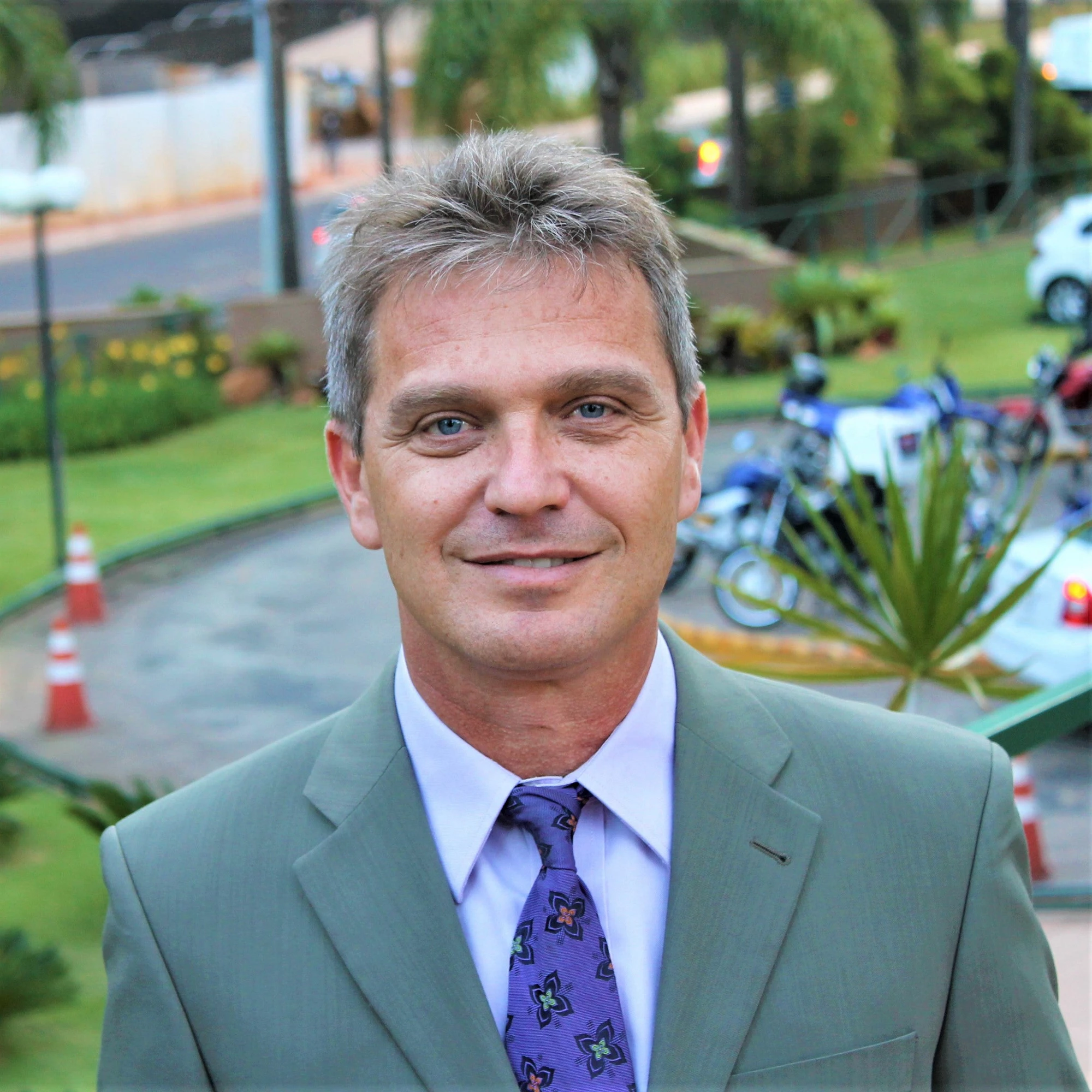Japan’s urban infrastructure ranks among the world’s best. But getting there didn’t happen overnight—Japan’s approach to infrastructure development unfolded in response to distinct phases, each of which highlights the importance of balancing economic growth and sustainability.
The first phase took place in the post-war period, characterized by high economic growth and rapid urbanization. A period of moderate growth followed in the 1970s, when some of the negative consequences of urbanization became apparent, such as urban sprawl and pollution. The third phase began in 1991 and continues today, an era characterized by low GDP growth, a rapidly aging population, and a national economy increasingly reliant on the country’s urban centers. Still, Japan remains one of the best examples of rapid development in the modern era. With just 1.6 percent of the global population, Japan is today the third-largest economy by GDP.
Natural disasters, such as the Kobe earthquake in 1995 and the Tohoku earthquake and tsunami ten years ago this month, only reinforced the importance of quality infrastructure in disaster risk management.
These challenges showed that quality infrastructure investment, or QII, should enable economic development, create jobs, attract investment, and, in the long run, save money. Core principles emerged that defined QII, namely: maximizing infrastructure’s positive impact, improving economic efficiency, integrating environmental and social considerations, building resilience against natural disasters, and strengthening infrastructure governance. These principles were adopted by the G-20 at the 2019 Osaka Summit and can be applied to any country.
QII in action: Case studies from Japan
Japan’s QII initiatives in its urban centers have much to offer countries facing similar challenges. This is why the World Bank and the Japanese government are working together to share their knowledge and experience in this space.
Earlier this month, the Quality Infrastructure Investment (QII) Partnership and the Tokyo Development Learning Center (TDLC)—both initiatives of the government of Japan and the World Bank—held a webinar illustrating how QII principles were implemented in two Japanese cities through case studies: Toyoma City Compact City Development and Fukuoka City Efficient Water Management. With worldwide attendance, the event demonstrated that QII principles can lead to better service delivery, improved infrastructure asset quality, and critically, lower lifetime costs.
What do these cases tell us?
Today, Toyoma City, located about 300 kilometers northwest of Tokyo and home to about 420,000 people, serves as a model for compact city development. Like other Japanese municipalities, it was challenged by a declining city center, urban sprawl, low population density, and an aging population. This meant that maintaining and rehabilitating infrastructure assets was left to a smaller working-age population.
Toyoma City responded by taking an integrated approach to urban and transport planning in its “Compact City” initiative. It recognized that infrastructure forms the backbone of urban renewal. Preserving economic efficiency, or value for money, meant that total life-cycle costs for infrastructure must be considered.
Effective governance, good organization, and coordination were powerful drivers of the city’s transformation. The city articulated a clear vision and aligned its objectives with national policy. At the core was the redevelopment of the city center and efficient transit corridors. The city’s light rail transit (LRT) system illustrates this approach. The city built the LRT system in three years—less than half the time generally required for a project of that scale—through careful planning and coordination with key ministries. Toyoma City also reduced costs by nearly 75 percent by using old rail tracks to construct the new ones.
The private sector played a vital role in the city’s transformation. The city and local companies formed a public-private entity, the Toyama Light Rail Company, to manage the system with clearly defined roles. For example, while a private company operates the LRT, the city retains responsibility for tracks and vehicles.
The LRT helped make Toyoma City more vibrant. Traffic congestion and pollution are lower, and the city became a more attractive place to live. All key stakeholders—citizens, the private sector, and municipal authorities—have benefitted from the city’s transformation.
Fukuoka City is the biggest city on the island of Kyushu, with over 1.5 million inhabitants. Today, it is home to numerous cutting-edge industries and start-ups, in part because of a strategy adopted in the 1970s—creating a compact urban core supported by high-quality infrastructure. Managing water resources was a significant challenge. The city went to great lengths to obtain secure water sources, control demand, and keep operating expenses under tight control. For example, the city requires polyethylene sleeves installed in new distribution pipes, which adds up to 2 percent to the capital costs. However, the sleeves extend the pipes’ lifespan by 40 years—an excellent value for money.
The city also set up a Water Distribution Control Center, constructed water reclamation facilities, introduced usage-based tariffs, and launched a program that reduced water leakages from 14 percent in 1979 to 2 percent by the mid-2000s. A public awareness campaign kept citizens and other stakeholders informed.
Implications for emerging economies
Infrastructure is profoundly connected with—and drives—development. The QII principles work in a rich, developed country like Japan. But will these principles also apply in developing economies?
They do. Many of the lessons from Toyoma and Fukuoka can be applied to any city or country. For example:
- Urban and transportation development are closely linked and should be coordinated. Defining a city’s infrastructure is a critical first step.
- Cities should aim to use existing assets, such as rail tracks, broadband infrastructure, and unused facilities to reduce capital costs of new infrastructure.
- Coordination across government agencies and stakeholders can significantly reduce the time necessary to design and implement projects.
- Strategic investments can extend the working life of infrastructure assets and further save costs.
- Good governance increases confidence in infrastructure planning and programs. Good governance begins with effective leadership and a clear vision.
When urban infrastructure investment projects are well planned, they raise the quality of life in cities, improve economic growth rates, and provide economic opportunities. Japan’s experience has much to offer to both developed and developing countries alike.
About the QII Partnership:
The World Bank Group and the government of Japan established the Quality Infrastructure Investment (QII) Partnership to raise awareness and scale-up attention to the quality dimensions of infrastructure in developing countries. These include maximizing the positive impact of infrastructure, raising economic efficiency in view of life-cycle cost, integrating environmental and social considerations, building resilience against natural disasters, and strengthening infrastructure governance. The QII Partnership accomplishes these goals through financial support for project preparation and implementation, as well as knowledge dissemination.
Related posts:
Learning from Japan: PPPs for infrastructure resilience
The developing world is crying out for greater private investment in sustainable infrastructure
New steps in Asia: data + connectivity = better infrastructure investment




Join the Conversation